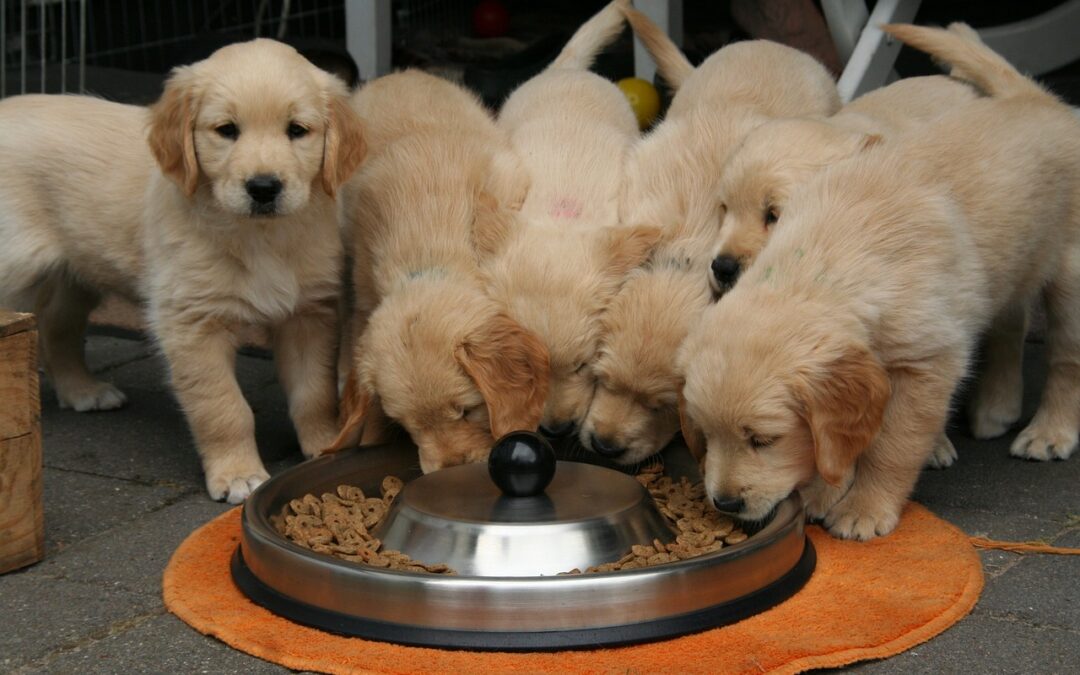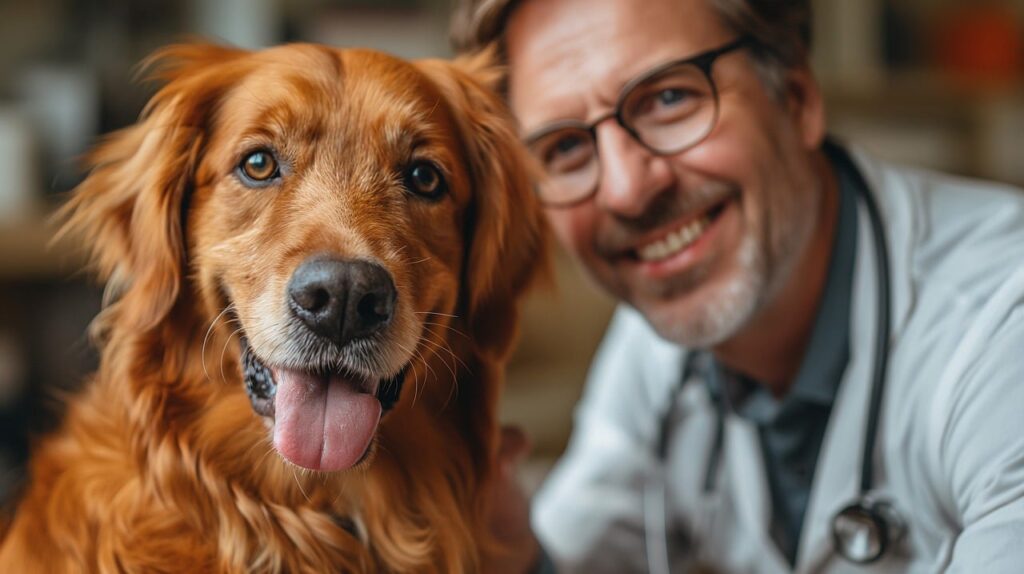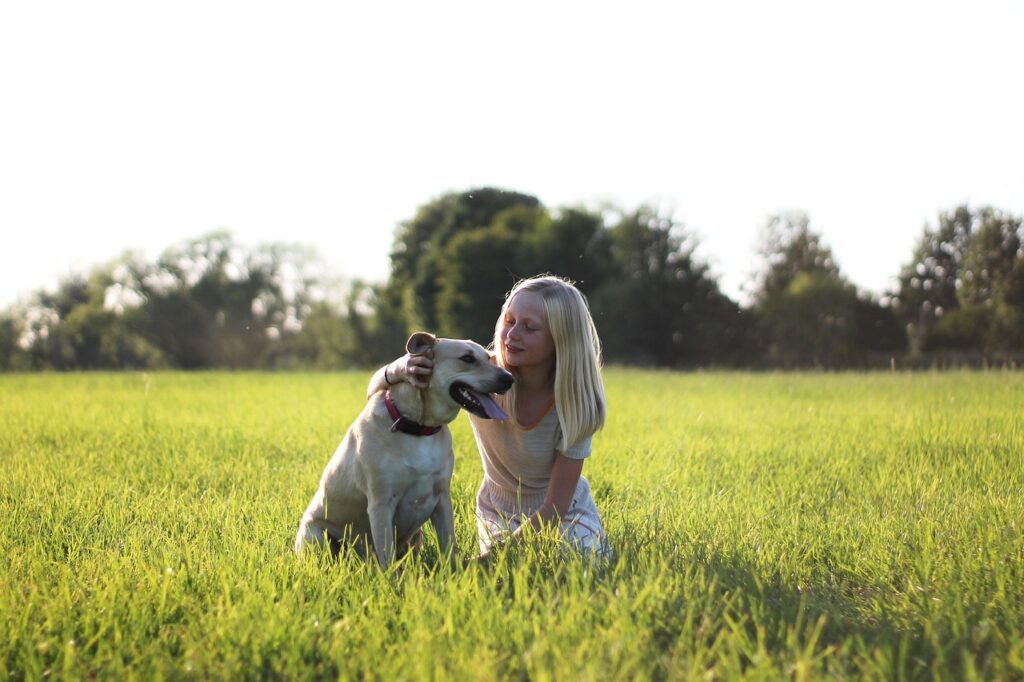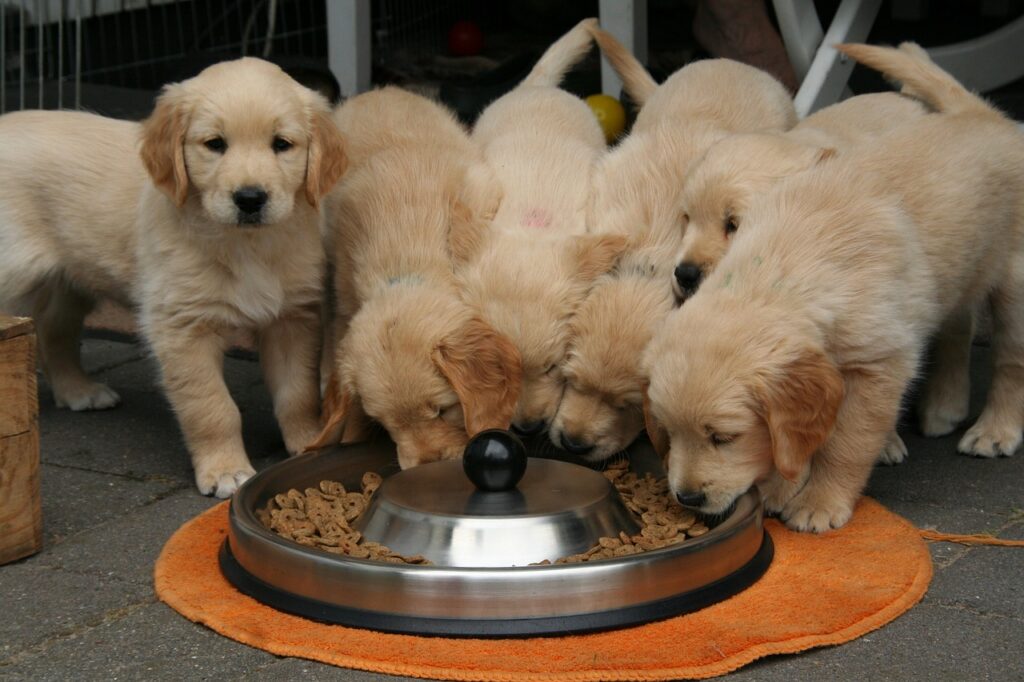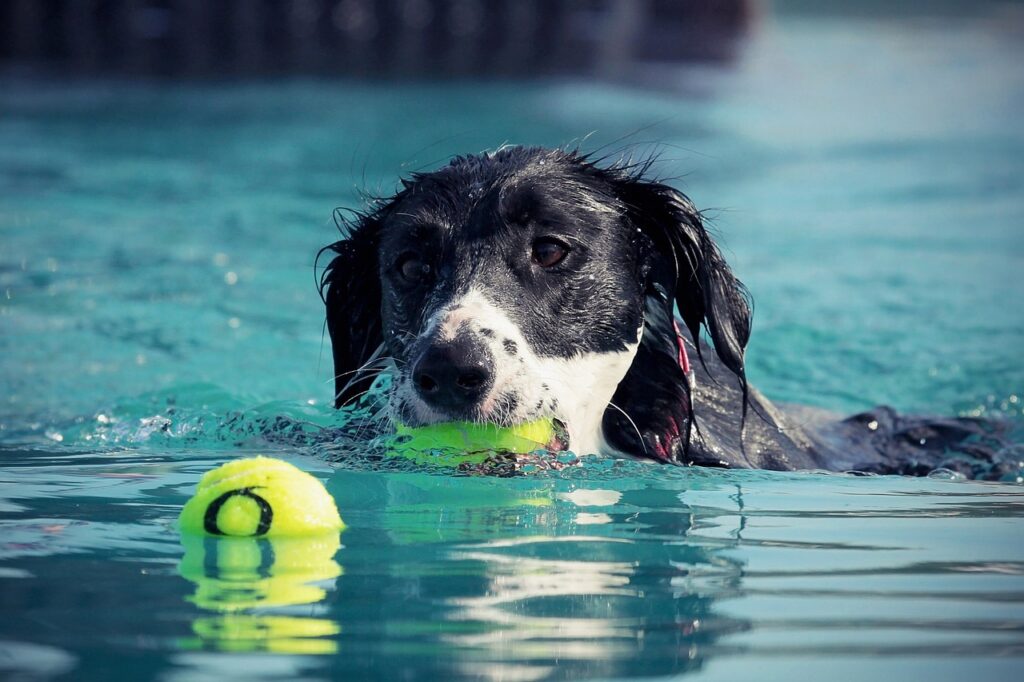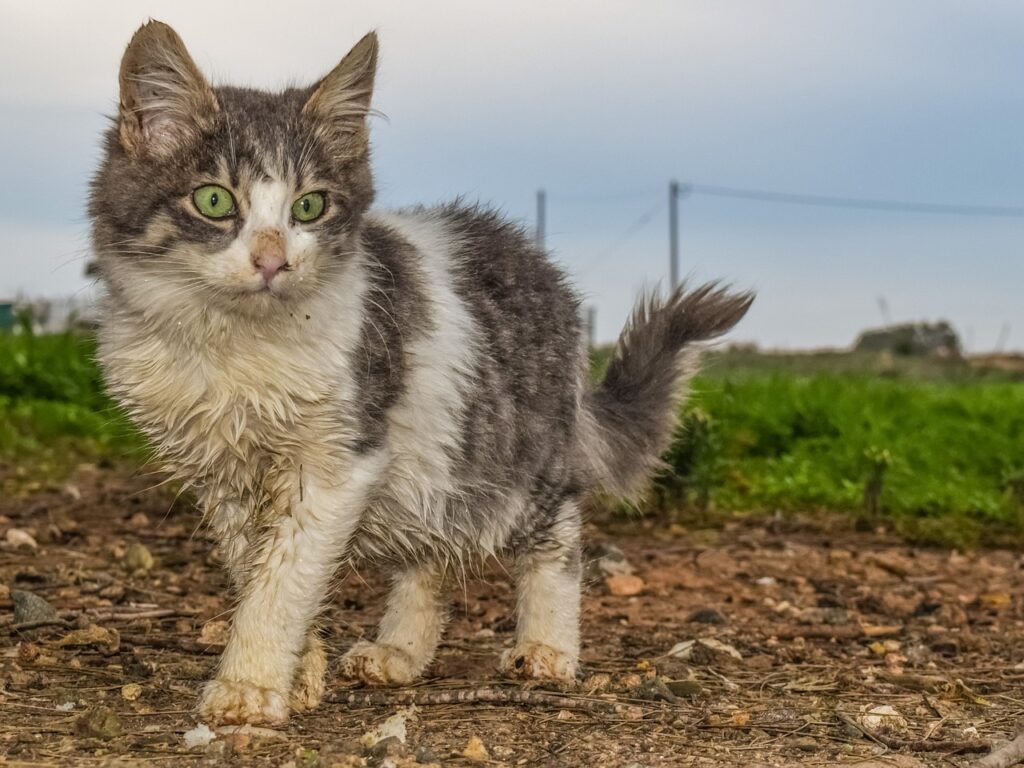Dog Food Agression – Dealing with a dog that shows aggression around food can be distressing. It disrupts the peace of meal times and poses challenges for both the pet and the owner. Understanding and managing dog food aggression is crucial not just for household harmony but for the safety of all involved. In this guide, we’ll explore how to identify triggers, implement prevention strategies, create a positive environment during meals, and introduce effective long-term solutions. Let’s dive into the essential steps to transform tension-filled feeding times into moments of calm and connection.
Understanding the Triggers of Dog Food Aggression
Dog food aggression, often referred to as resource guarding, is rooted in a dog’s instinct to protect valuable resources. Identifying what triggers this behavior is the first step in addressing it. Triggers may include a perceived threat from other animals or humans, a history of having to compete for food, or past neglect. Certain breeds may also be more predisposed to this behavior, although any dog can exhibit food aggression under the right circumstances.
Understanding these triggers is key to formulating a plan that addresses the underlying cause rather than merely the symptoms. Observing your dog’s behavior around food and noting any patterns can provide critical insights. For instance, does the aggression occur only when a specific person or animal is present, or is it consistent regardless of the setting? Recognizing these triggers helps tailor the approach to each individual dog’s needs.
Essential Steps to Stop Food Aggression in Dogs Before It Starts
Prevention is often easier than correction. To prevent dog food aggression from developing:
- Start Early: Introduce puppies to various handling exercises, including being touched while eating.
- Set Clear Boundaries: Teach your dog that good things happen when people approach their food bowl. You can do this by adding tasty treats to their bowl as you walk by.
- Controlled Feeding Times: Feed your dog at consistent times and in a quiet environment to minimize stress.
- Proper Socialization: Expose your dog to different situations, animals, and people to increase their comfort and reduce anxiety around resources.
Implementing these steps early can drastically reduce the likelihood of food aggression developing, setting the stage for more peaceful interactions from the start.
Creating a Safe and Positive Mealtime Environment
The environment in which your dog eats can significantly impact their behavior. Creating a stress-free feeding area is essential for managing dog food aggression. This involves:
- Feeding Separately: If you have multiple pets, feed them in different rooms or in separate crates to prevent competitive behavior.
- Remove Distractions: Feed your dog in a quiet area away from busy household activity.
- Stay Calm: Animals are sensitive to human emotions. Keeping your demeanor calm and assertive can help your dog feel at ease.
By ensuring a safe and positive mealtime environment, you reinforce peaceful eating habits and reduce the likelihood of aggression.
Strategies for Managing Dog Food Aggression with Other Dogs
When multiple dogs are part of your family, managing food aggression becomes more complex but equally critical. Strategies include:
- Respect Each Dog’s Space: Use physical barriers to provide each dog their own designated dining area.
- Monitor Interactions: Keep an eye on body language and signs of discomfort. Interrupt aggression immediately and calmly.
- Gradual Desensitization: Slowly acclimate dogs to each other’s presence during meals by increasing proximity over time while ensuring safety.
These strategies help mitigate the risk of conflicts and teach dogs that they do not need to compete for their meals.
Long-Term Solutions for Dog Food Aggression: Training and Behavioral Modification
Long-term management of dog food aggression involves consistent training and sometimes professional help. Techniques include:
- Clicker Training: This can reinforce positive behavior around food.
- Professional Help: A certified animal behaviorist can offer personalized guidance and intervention.
- Routine and Structure: Consistent routines around feeding can reduce anxiety and uncertainty for the dog, helping alleviate aggression.
Behavioral modification is a commitment and may take time, but with patience and consistency, significant improvement can be achieved.
Conclusion
Managing dog food aggression effectively enhances the quality of life for both dogs and their owners. By understanding triggers, implementing preventive measures, and using strategic behavioral modifications, you can foster a safer, happier environment for everyone. Remember, the journey to managing food aggression is a gradual process that requires patience, understanding, and consistent effort.
Act Now: If you’ve found this information helpful and wish to support animals in need, consider a donation to Hyer Ground Rescue. Your support can make a significant difference in the lives of animals needing care and protection.

